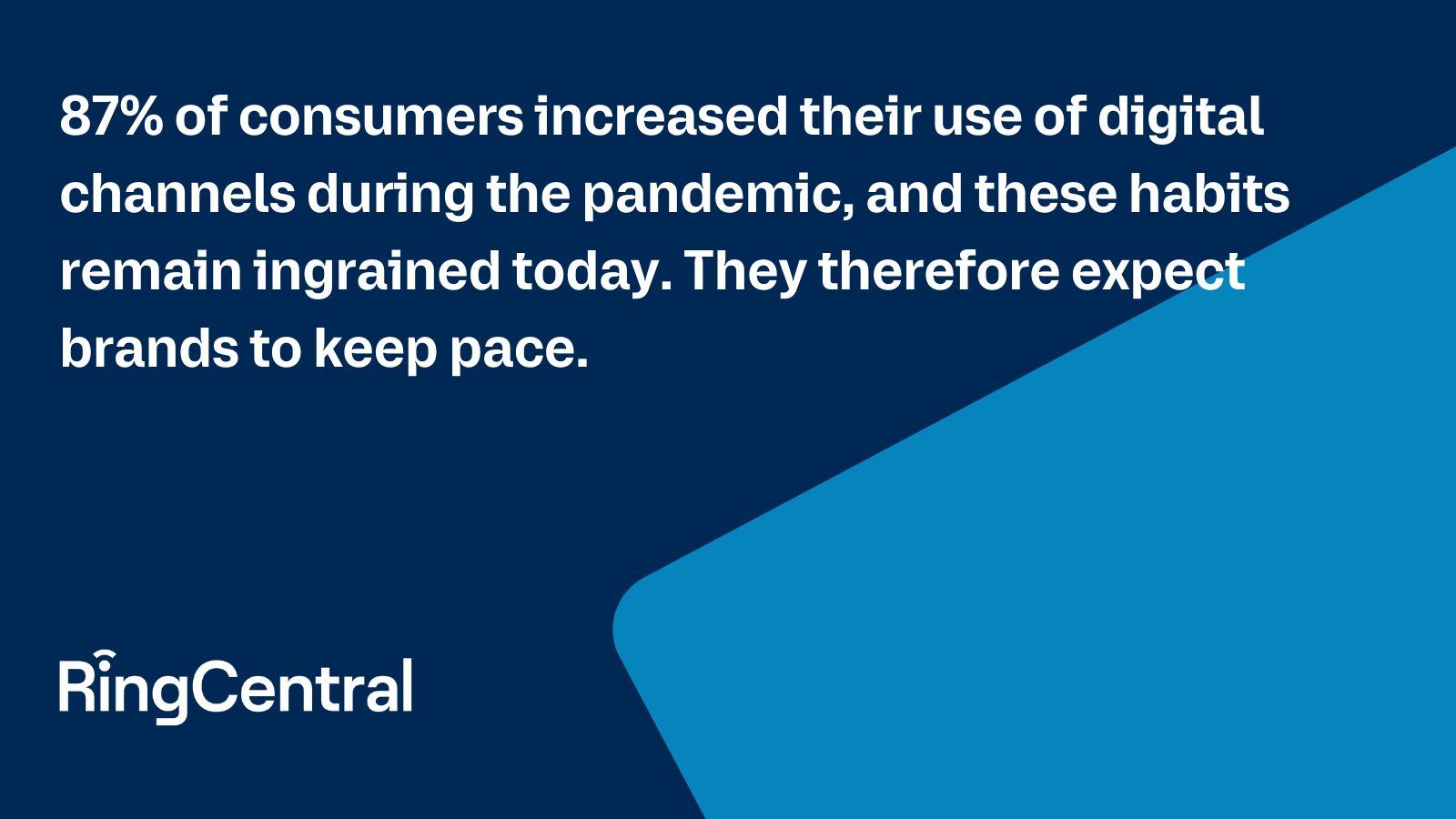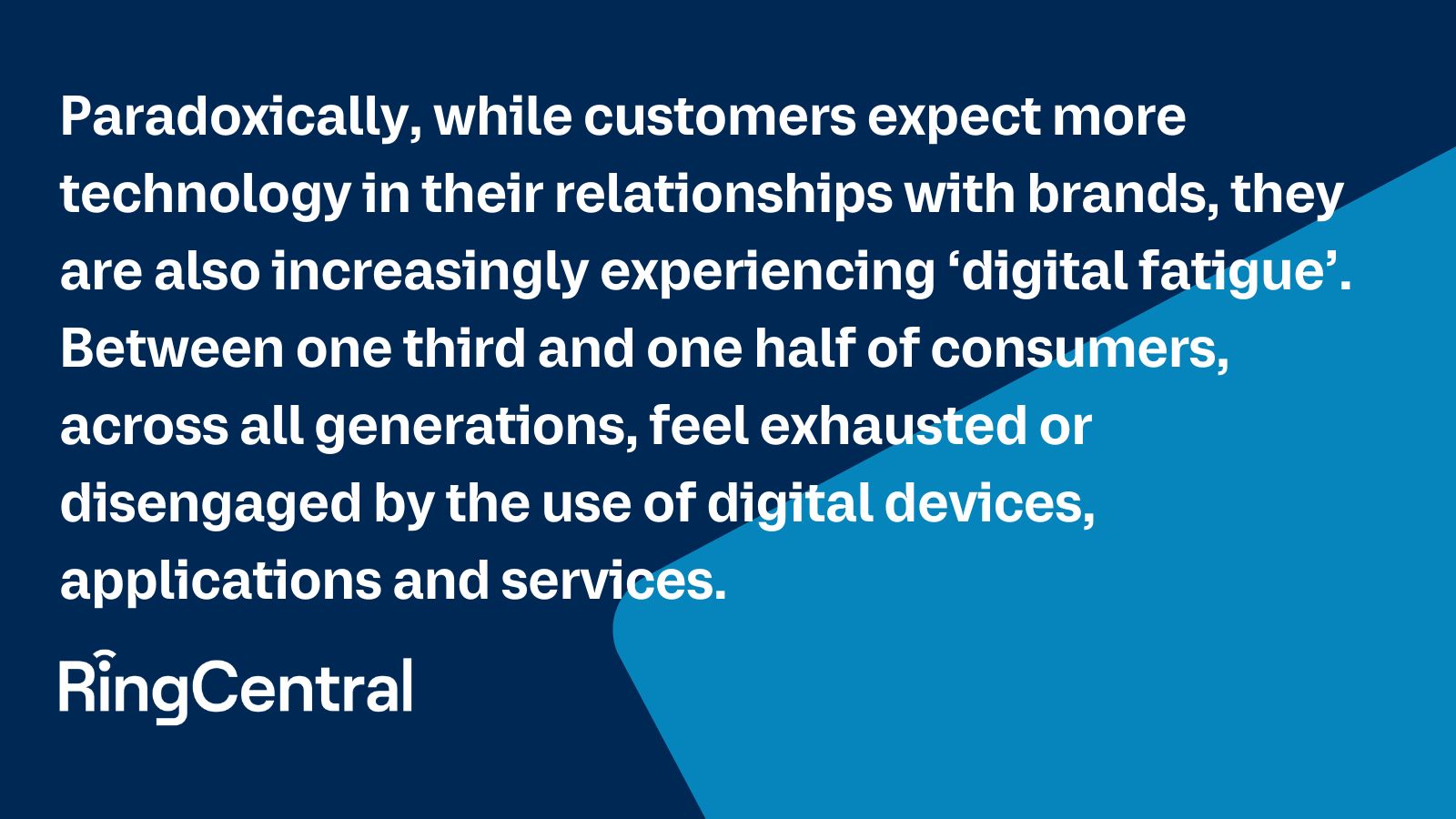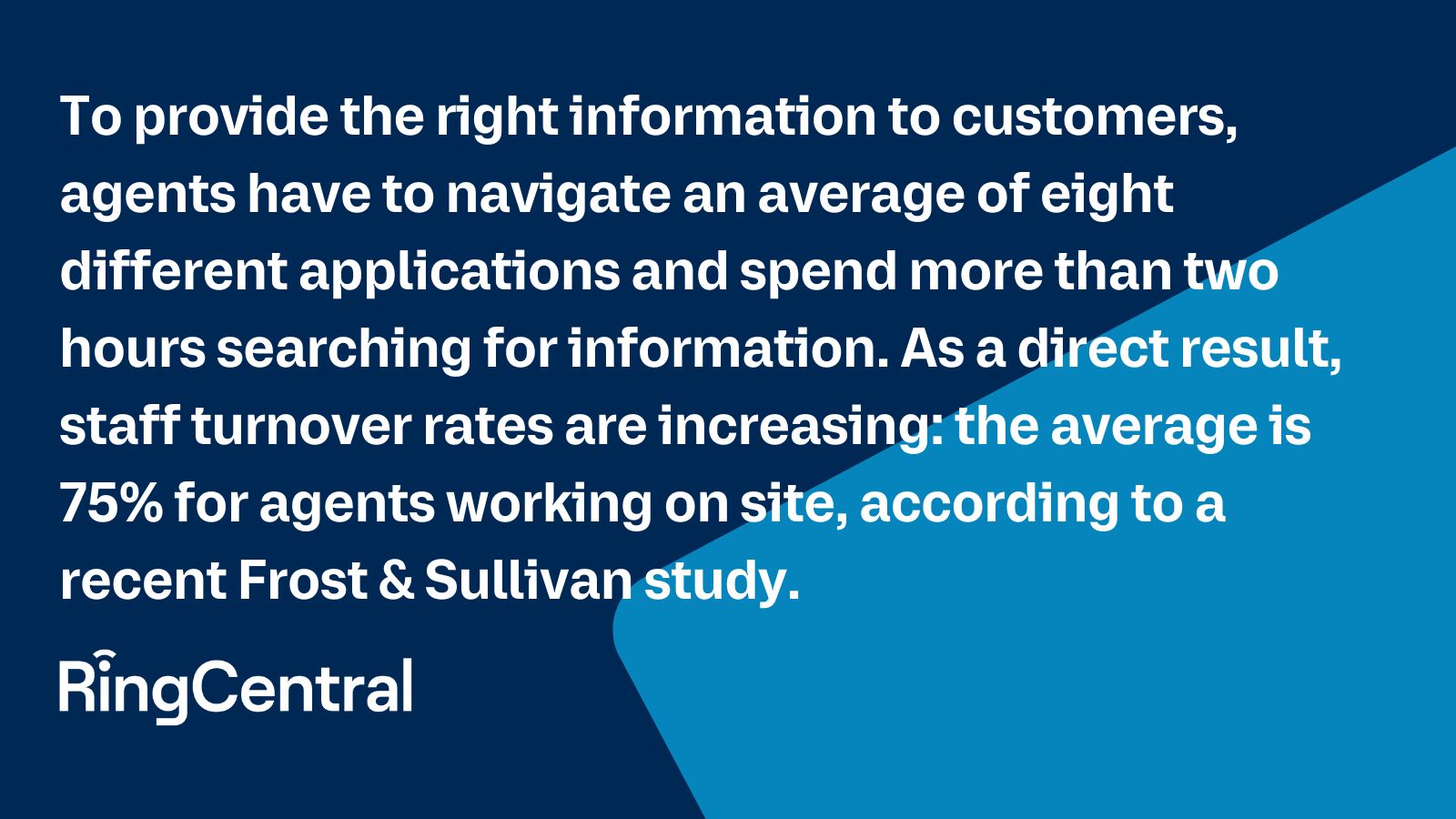In the past few years, there have been many changes in customer behaviour and contact centres have had to adapt quickly to keep up. As well as a growing workload and increasing customer expectations, agents have had to learn to communicate through new digital channels, and use tools that were not necessarily designed for hybrid working.
Three years on from the pandemic, it’s now time for companies to review their processes and take advantage of the new tools available for customer relationship management. Their focus needs to be on aligning the customer experience with the agent experience, for greater efficiency and customer satisfaction from the very first contact.
We asked Alexander Michael – Vice-President, Global Practice Area Leader for Information & Communications Technology at Frost & Sullivan – for his opinion. In our webinar, he spoke about new trends in customer experience as well as new features in omnichannel customer relationship management solutions. Here’s a summary of the key points he made.
The digital maturity of customers has accelerated…
The pandemic caused a surge in the adoption of digital tools: customers have gained the equivalent of six years digital maturity in just a few months. However, apps and channels that people widely use in their personal life are still not offered by brands for customer communications. This gap has yet to be bridged as artificial intelligence becomes part of our daily lives and moves us towards an increasingly digital and automated world.
They have become accustomed to automation: 69% of them actually prefer to interact with a bot, rather than an agent, to solve simple problems. And this trend is even more pronounced among the younger generations: customers under 25 years of age prefer to use automated channels whenever they deal with brands.
… and customers are increasingly difficult to please
Despite all the efforts made by companies to optimise their customer service, consumers are still not totally satisfied. 75% of customers still complain about the wait time to be put in touch with an agent (Harris Research study) and 72% want to be contacted on the channel of their choice (CITE study).
Meeting these requirements is a major challenge for brands, as it has a direct impact on their turnover: 91% of customers believe that the quality of customer service influences their decision to buy again.
This digital fatigue also affects agents and back-office staff.
Contact centre agents face many challenges
Pressure to meet targets, increasingly well-informed customers, and a proliferation of business tools: these are just some of the challenges that contact centre agents face. On top of those, the rise in hybrid working – although bringing many advantages – can also make it harder for agents to access the information they need.
Therefore, improving the working conditions of agents is now becoming a priority, so they can better meet the expectations of increasingly demanding customers. Fortunately, there are solutions out there.
Converging CX and AX: the key to delighting agents and customers
As Alexander Michael points out, companies’ efforts have recently shifted to their contact centre agents. The ‘symmetry of attention’ theory that is often applied to contact centres, is based on the simple idea that happy agents lead to happy customers.
Converging the customer experience (CX) and the agent experience (AX) therefore makes sense, because the agent can better respond to customer requests when they have access to the latest technologies. For example, the use of AI can help agents provide a more consistent experience.
However, contact centres need to be wary of relying too much on technology. On its own, it is not enough to improve the agent experience. As Frost & Sullivan reminds us, converging CX and AX will only be successful if there is a clear strategy and precise objectives.
Rethinking the processes for resolving customer queries
So how can we better align CX and AX, in order to respond more effectively to customer requests and increase the first contact resolution rate? Here are a few ideas.
Finding the right agent
One of the first priorities should be to ensure that the customer gets to the person who can answer their query as quickly as possible. As knowledge bases, FAQs, bots and other self-service systems have become more common, the questions that reach the contact centre have become more complex. Agents often need the help of an expert who may not be in the contact centre: it may be someone in the billing department or logistics, for example.
What really helps is having a contact centre solution that’s integrated with the communications solution and CRM system. This can provide a shared directory so that employees can be tracked throughout the company, allowing three-way conferences with the customer, agent and expert (or the ability to transfer the customer directly to the expert). With this integrated system, the agent can send the customer’s request directly to the expert, who will have the context of the conversation so that they can resolve the question quicker.
Managing overflow
This is not a new issue, but it’s a complex one – especially for organisations with multiple sites or large networks. Analysis or reporting tools can help managers get visibility on abandoned call rates and call peaks, so they can allocate resources effectively and ensure the customer’s call is properly routed. For example, if no-one is available at the branch to answer a call, it can be automatically redirected to the contact centre.
Making life easier for agents
Internal collaboration can be improved with team messaging, workflows and automated or suggested responses. These tools enable agents to save time and focus on the most complex cases. Technology can also give agents more flexibility around their schedules (helping with worklife balance) by allowing them to initiate requests or change sessions.
Supporting the development of skills
New technologies mean customer-agent interactions can be analysed in real time, and agents can get suggestions about what to do or say, depending on the feelings of the customer.
It’s also possible to set up real-time assistance, to detect issues and identify potential improvements and coaching requirements. All these features can be switched on to improve agent confidence and to provide personalised training.
Is the ‘collaborative contact centre’ the solution to the new challenges facing agents?
Alexander Michael spoke about many technology solutions that improve first contact resolution. Some of these require leaders to rethink their processes, encourage more collaboration across different channels and gain a broader view of activities across the business.
One way to achieve this is to combine the contact centre and the communications system into a single platform – the so-called ‘collaborative contact centre’ – which more and more companies are doing.
Add to this the growth of hybrid working, which also affects call centre agents, and the AX + CX approach becomes essential. It requires an integrated omnichannel communication and collaboration system with the latest innovations, to help deliver an empathetic and positive experience throughout the organisation.
Companies that converge AX and CX find technical, practical and organisational benefits – responsibility for the customer experience can be shared throughout the company, for instance. It’s more than a new process; it’s a shift in mindset throughout the organisation that directly improves customer satisfaction.
Thanks to Alexander Michael – Vice-President, Global Practice Area Leader for Information & Communications Technology at Frost & Sullivan – for his insights on this topic.
Originally published Apr 04, 2023, updated Apr 17, 2023






